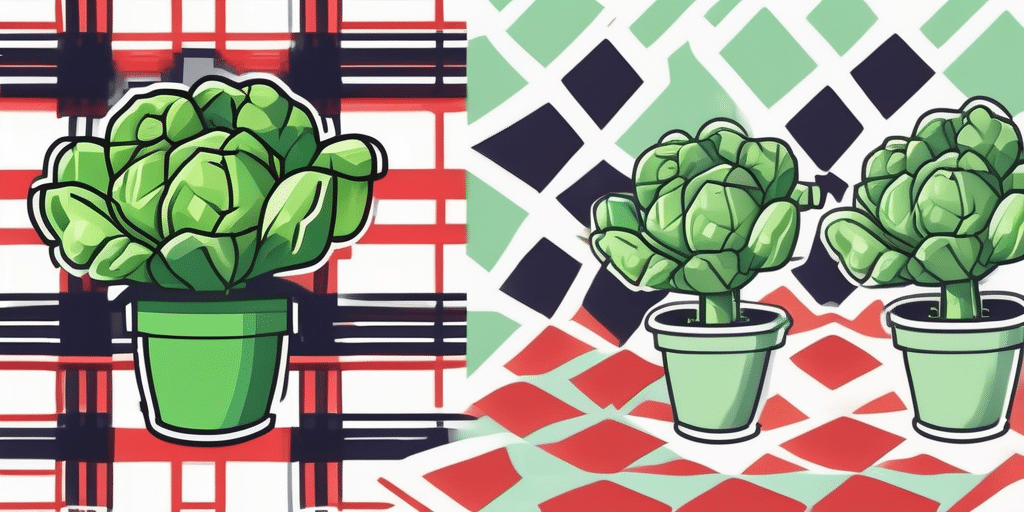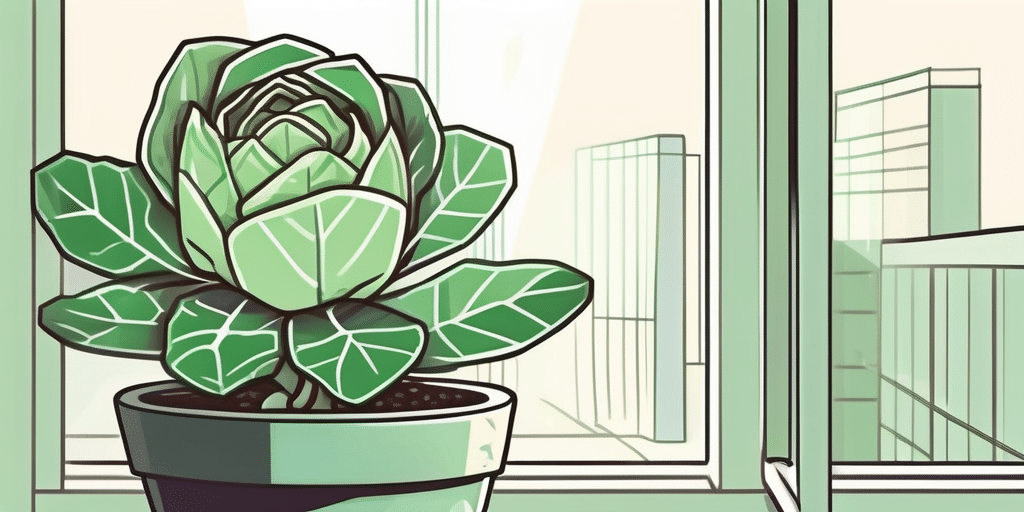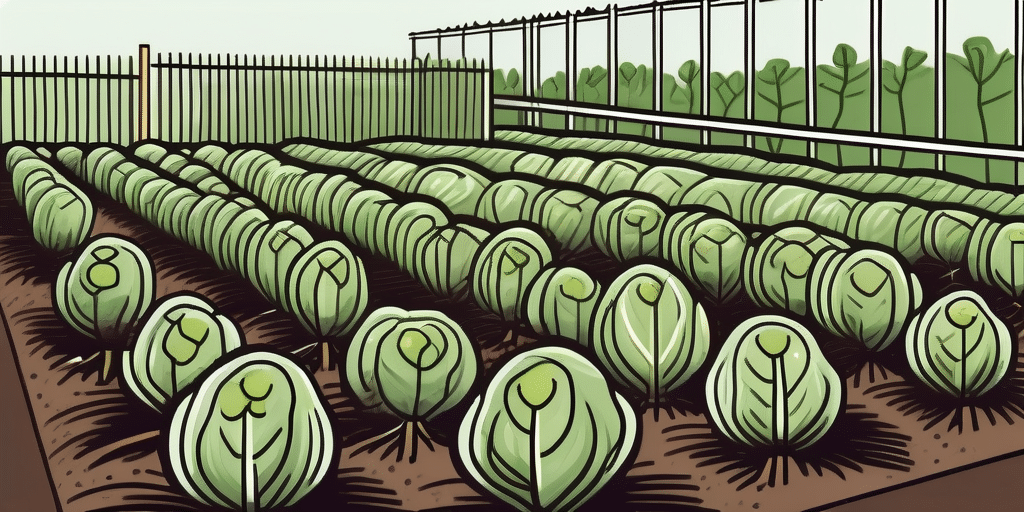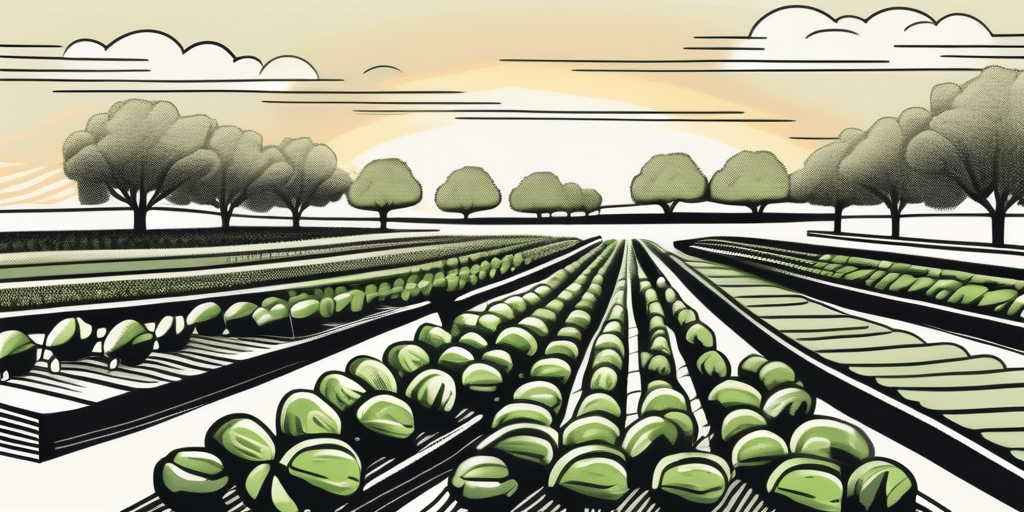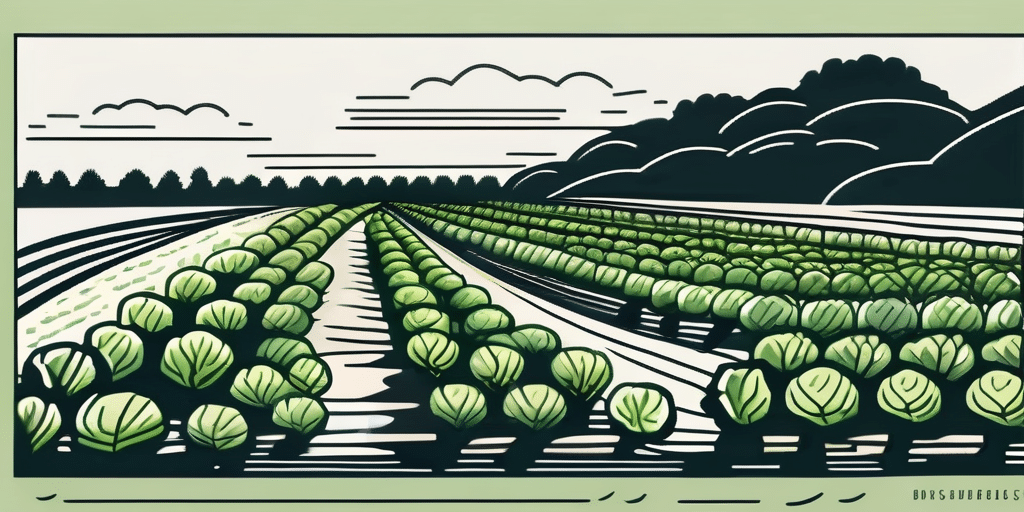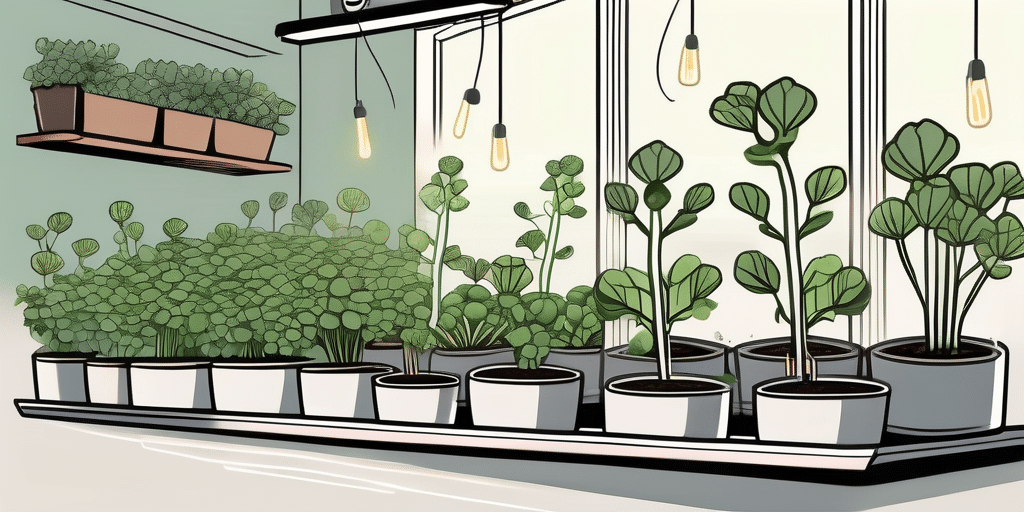If you’re a gardening enthusiast in Georgia, you may be wondering if it is possible to grow Brussels sprouts in your region. The good news is that with the right approach, you can certainly enjoy a bountiful harvest of this nutritious and delicious vegetable. In this article, we will guide you through the process of planting and growing Brussels sprouts in Georgia, ensuring that you have all the information you need to achieve success.
Best Brussels Sprouts Varieties for Georgia
Georgia’s climate and growing conditions can vary across different regions of the state. Therefore, it is important to choose Brussels sprout varieties that are well-adapted to the unique conditions in Georgia. Some of the best Brussels sprout varieties for Georgia include:
- Long Island Improved – This variety is known for its productivity and can withstand Georgia’s heat.
- Jade Cross – A reliable variety that produces large, flavorful sprouts.
- Catskill – This variety is particularly cold-hardy, making it suitable for Georgia’s winters.
These varieties have been proven to perform well in Georgia’s climate, offering you the best chance of success in your Brussels sprout-growing endeavors.
When considering which Brussels sprout variety to plant in your Georgia garden, it is essential to take into account factors such as the average temperature, humidity levels, and length of the growing season in your specific location. Long Island Improved, for example, thrives in warmer climates and is a great choice for gardeners in southern Georgia where temperatures can soar during the summer months. On the other hand, Catskill’s cold-hardy nature makes it an excellent option for gardeners in northern Georgia, where winters can be harsh and frost is common.
In addition to selecting the right variety, proper care and maintenance are crucial for the successful cultivation of Brussels sprouts in Georgia. Adequate watering, regular fertilization, and pest control are important aspects to consider throughout the growing season. By choosing the best Brussels sprout variety for your region and providing them with the necessary care, you can enjoy a bountiful harvest of delicious homegrown sprouts.
Climate & Hardiness Zones in Georgia
Before planting Brussels sprouts in Georgia, it is crucial to understand the climate and hardiness zones of your specific area. Georgia generally falls into USDA hardiness zones 7 and 8, which are characterized by mild winters and hot summers.
However, there can be variations within these zones, so make sure to check the specific hardiness zone for your location. Understanding your hardiness zone will help you choose the appropriate time to plant and harvest Brussels sprouts.
Within Georgia’s diverse landscape, the state experiences a range of microclimates due to factors such as elevation, proximity to bodies of water, and urban heat islands. These microclimates can create pockets of slightly different growing conditions within the broader hardiness zones, influencing the success of crops like Brussels sprouts.
For example, areas in northern Georgia, such as the Blue Ridge Mountains, may have cooler temperatures and shorter growing seasons compared to the southern coastal regions. This variation in climate can impact the viability of certain crops and the timing of planting. It’s essential for gardeners in Georgia to not only identify their hardiness zone but also consider local microclimates when planning their planting schedules.
When to Plant Brussels Sprouts in Georgia
Timing is key when it comes to planting Brussels sprouts in Georgia. To ensure a successful crop, follow these steps:
- Start seeds indoors: Begin by starting your Brussels sprout seeds indoors about 6-8 weeks before the last frost date.
- Transplant seedlings: Once the seedlings have grown to about 3-4 inches tall and have two sets of true leaves, they are ready to be transplanted into the garden.
- Choose the right time: In Georgia, transplant Brussels sprouts into the garden in early spring, when the soil has warmed up and the danger of frost has passed. This is typically around mid-March to early April.
- Prepare the soil: Brussels sprouts thrive in well-drained, fertile soil. Prior to planting, prepare the soil by incorporating organic matter, such as compost or aged manure, to improve its fertility and drainage.
- Planting depth and spacing: Dig holes in the prepared soil, spacing them about 24-36 inches apart. Place each seedling in a hole at a depth that allows the soil to cover the stem up to the lowest set of leaves.
- Water and mulch: After planting, water the seedlings thoroughly and apply a layer of mulch around the plants to conserve moisture and suppress weed growth.
By following these steps, you will provide your Brussels sprouts with the best chance of establishing strong roots and thriving throughout the growing season.
Brussels sprouts, a member of the cabbage family, are a cool-season crop that performs well in the moderate climate of Georgia. These nutritious vegetables are rich in vitamins and minerals, making them a valuable addition to any home garden. When selecting a variety of Brussels sprouts to plant, consider factors such as the size of the mature plant, the time to harvest, and disease resistance.
It is essential to monitor the growth of your Brussels sprouts throughout the season. Keep an eye out for common pests such as aphids, cabbage worms, and caterpillars, which can damage the leaves and reduce the plant’s overall health. Consider using organic pest control methods to protect your crop without the use of harmful chemicals.
When to Harvest or Pick Brussels Sprouts in Georgia
Patience is key when it comes to harvesting Brussels sprouts. These mini cabbages need time to mature before they are ready to be picked. Here’s what you need to know:
- Days to maturity: Brussels sprouts typically take around 90-100 days to mature from the time of transplanting. This timeframe may vary slightly depending on the variety and growing conditions.
- Harvest time: Harvest Brussels sprouts when the buds are firm and have reached their desired size, typically around 1 to 2 inches in diameter.
- Bottom-up harvest: Start harvesting from the bottom of the stalk, picking the lower sprouts first. Allow the upper sprouts to continue maturing for later harvest.
Remember, Brussels sprouts taste best after they have been exposed to cooler temperatures. So, do not be afraid to leave them in the garden until after the first frost. However, make sure to harvest before the ground freezes completely.
Frequently Asked Questions
Here are some commonly asked questions about growing Brussels sprouts in Georgia:
Can Brussels sprouts tolerate Georgia’s heat?
While Brussels sprouts prefer cooler temperatures, certain varieties, such as Long Island Improved, have been bred to tolerate higher temperatures. Proper soil preparation and consistent moisture can also help them survive the Georgia heat.
Can I grow Brussels sprouts year-round in Georgia?
Brussels sprouts are a cool-season crop and are best grown in the spring and fall in Georgia. Planting in late summer or early fall allows for a fall harvest, while planting in early spring allows for a spring harvest.
Do Brussels sprouts need full sun?
Yes, Brussels sprouts thrive in full sun, which is defined as at least 6 hours of direct sunlight per day. Ensure that you choose a sunny spot in your garden for optimal growth.
By providing your Brussels sprouts with the right growing conditions, choosing suitable varieties, and following proper planting and harvesting techniques, you can enjoy a successful Brussels sprout harvest in Georgia. Happy gardening!
Join Our Gardening Community
Ready to take your Georgia garden to the next level? Subscribe for free to How to Grow Everything and learn how to build the garden of your dreams! Receive personalized gardening advice tailored to your specific location, grow zone, and experience level. We’re here to help you grow Brussels sprouts and much more, with expert tips and special offers delivered straight to your inbox. Join our family of gardeners today and start cultivating your best garden yet—100% free!

